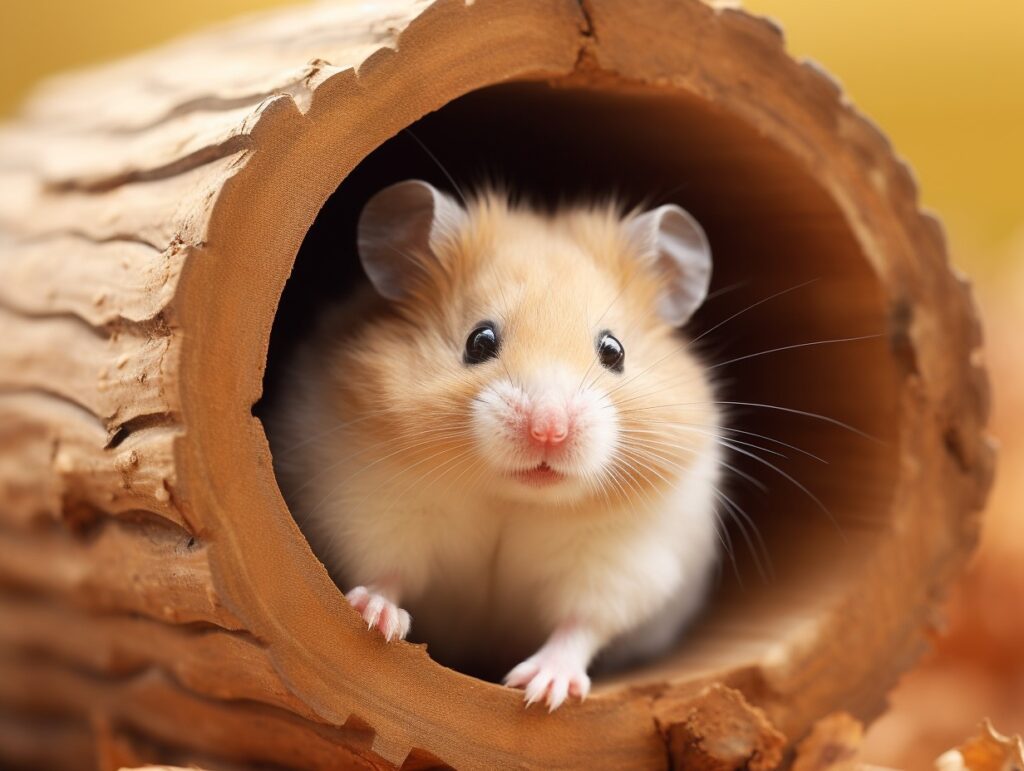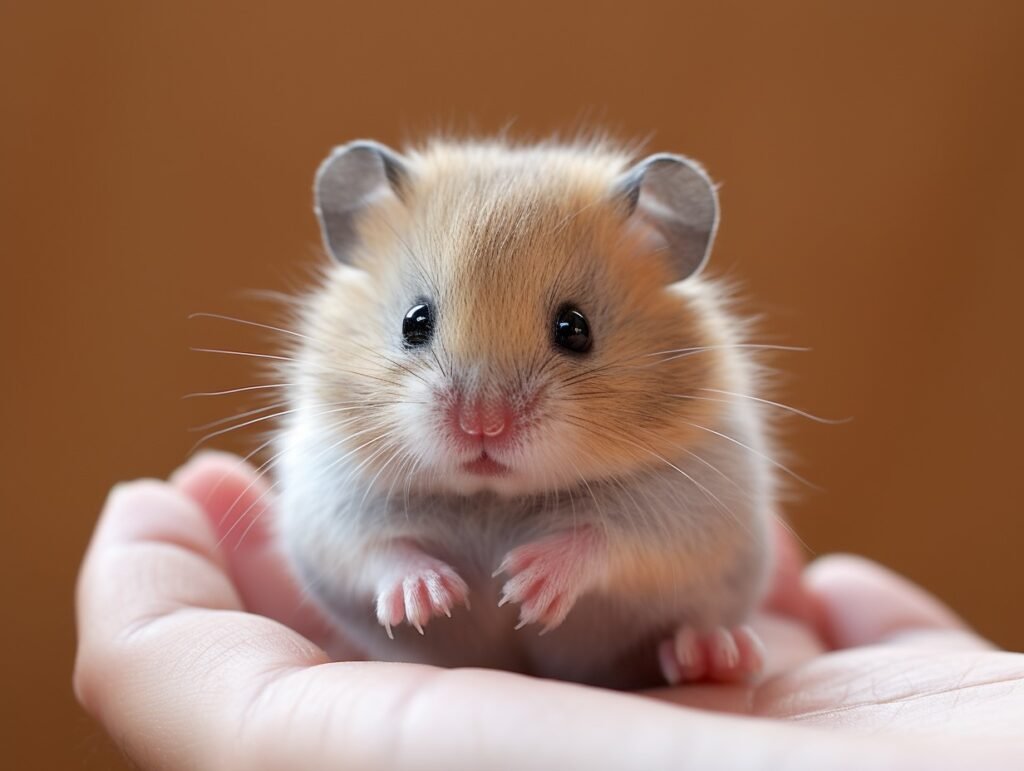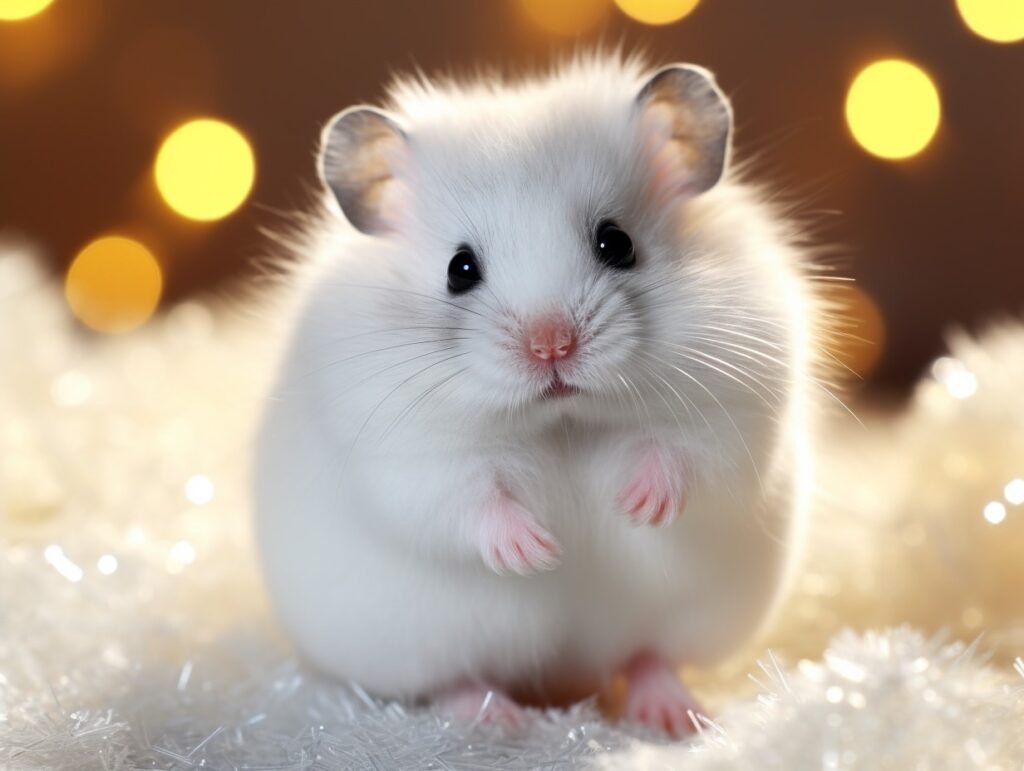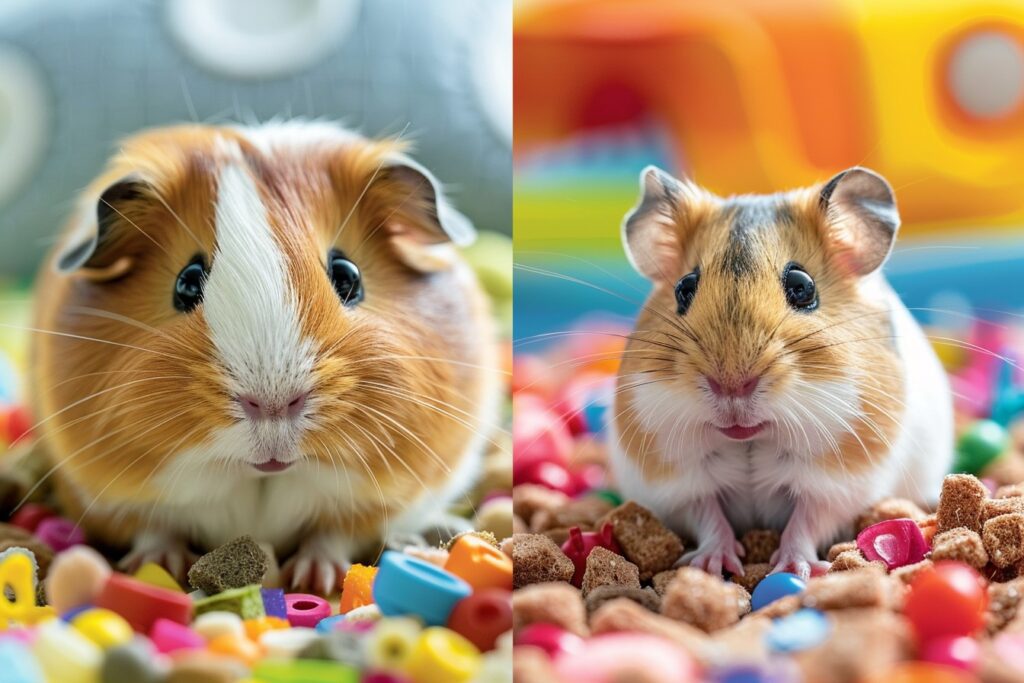Hamsters can be wonderful pets for children, teaching responsibility and providing friendship. With over 20 hamster breeds, choosing the best hamster for kids can be tricky. Factors like temperament, ease of care, size, and activity level should inform your decision. Read on to learn how to select the ideal hamster breed for a child and ensure a happy hamster-human friendship!

Hamster Breeds Suitable for Children
Many hamster breeds can thrive with the right kid caretaker. Here are some top choices:
| Breed | Size | Lifespan | Personality | Handling | Housing | Best Age |
|---|---|---|---|---|---|---|
| Syrian | 5-7 inches | 2-3 years | Docile, calm | Enjoys handling | Large solo cage | 6-10 years |
| Dwarf Campbell’s Russian | 2-3 inches | 2-3 years | Active, curious | Tolerates handling | Large cage, pairs | 5+ years |
| Dwarf Winter White Russian | 2-3 inches | 2-3 years | Gentle, friendly | Likes handling | Large cage, pairs | 8+ years |
Syrian Hamster
The Syrian hamster, also known as the Golden or Teddy Bear hamster, is a go-to choice for children 6-10 years old.
- Pros:
- Large size and easy to handle
- Slower-paced and docile
- Adapts well to constant handling
- Less prone to nipping than dwarf breeds
- Cons:
- Require a large cage due to size
- Prefer to live alone – only one per cage
Dwarf Campbell’s Russian Hamster
An ideal pick for both younger and older children is the Dwarf Campbell’s Russian hamster.
- Pros:
- Small, compact size at 2-3 inches
- Curious, active and entertaining
- Can be housed together in same-sex pairs
- Tolerates regular gentle handling
- Cons:
- Quick movers – require supervision for small children
- Need a large cage with toys for exercise
Dwarf Winter White Russian Hamster
Dwarf Winter White Russian hamsters are a great choice for kids over age 8.
- Pros:
- Gentle, easy-going personality
- Enjoy human interaction and physical contact
- Soft, clean coat
- Can be housed together in same-sex pairs
- Cons:
- Fairly small, requires kid supervision
- Can be prone to biting if startled
Choosing the Right Hamster for Your Child


Factors to consider when selecting a hamster breed include:
- Child’s Age – Syrian hamsters work best for younger kids while Russian dwarf breeds are better for older children. Consider maturity level too.
- Activity Level – More active hamsters like the Roborovski require lots of stimulation. Slower Syrian hamsters are calmer. Pick an energy level that matches your child.
- Handling Temperament – Choose docile, mellow breeds that enjoy human interaction like Syrian or Winter White Russian hamsters. Avoid finicky species.
- Biting Risk – Some breeds like Chinese hamsters are prone to nipping. Go with calmer types like Campbell’s Russians that won’t scare kids.
- Size – Larger breeds are easier to handle for small kids. Dwarf hamsters require more care and supervision.
- Nocturnal Nature – Know that all hamsters sleep during the day. An older child able to care for them at night is ideal.
Providing the Best Care for Kid’s Hamster
To set the hamster and child up for success, provide:
- A spacious, safe enclosure to prevent escape – choose large habitats of at least 450 sq inch floor space.
- Proper bedding like aspen without added dyes, perfumes or oils.
- A healthy hamster diet with commercial hamster food, timothy hay, veggies and limited fruits.
- Enrichment includes chew toys, tunnels, hides and a wheel for ample exercise.
- Gentle handling – teach children to scoop up dwarf hamsters or grasp Syrians around the belly for support.
- Veterinary care like checkups and exams to keep the hamster healthy and happy.
- Caretaking guidance – supervise younger kids and teach proper hamster care.
With the right hamster breed match, plenty of early interaction, a spacious home and attentive care, your child and furry friend will surely build a wonderful lifelong bond!
Finding the Perfect Hamster for Your Child


Hamsters often make excellent starter pets for kids, offering friendship and teaching responsibility. Be sure to select an appropriate breed for your child’s age and maturity level. Focus on docile, friendly types like Syrian or Russian dwarf hamsters. With attentive care and early hands-on interaction, the hamster and child relationship is sure to bring joy for all!
FAQ about Hamsters for Kids
Q: At what age can a child have a hamster?
Hamsters generally make good pets for children aged 6 and over who are mature enough to handle them. Kids 5-10 are often great hamster caretakers under parental guidance.
Q: How do I choose between a Syrian or dwarf hamster?
Syrian hamsters are ideal for younger kids while dwarf breeds work better for ages 8 and up. Dwarf hamsters are more active and agile requiring more diligent supervision.
Q: Should my child handle a new hamster right away?
When bringing a new hamster home, allow them to settle into their habitat for 1-2 days before gentle handling. Slowly increase handling to avoid stress.
Q: How can my child bond with their new hamster?
Have the child offer safe treats by hand, speak softly near the cage, and provide daily playtime once the hamster is settled. Consistent, gentle handling builds trust.
Q: Are male or female hamsters better with kids?
Both sexes can make great pets. Females are slightly more active while males are often a bit more docile. Choose based on temperament rather than sex when possible.
Q: How can I teach my child proper hamster care?
Closely supervise all hamster care at first. Demonstrate gentle handling techniques. Explain the hamster’s needs and oversee your child providing food, water, playtime and cage cleaning.
Q: How can I make sure my child doesn’t lose interest in their hamster?
Get them actively involved in daily care from the start. Provide engaging toys and activities. Consider an easygoing breed that enjoys regular handling like a Syrian hamster.
Q: Should my child handle a hamster unsupervised?
It’s best not to leave a young child alone with a hamster. Supervise all interactions until you feel confident in their responsible handling abilities. Dwarf hamsters always require close supervision.



